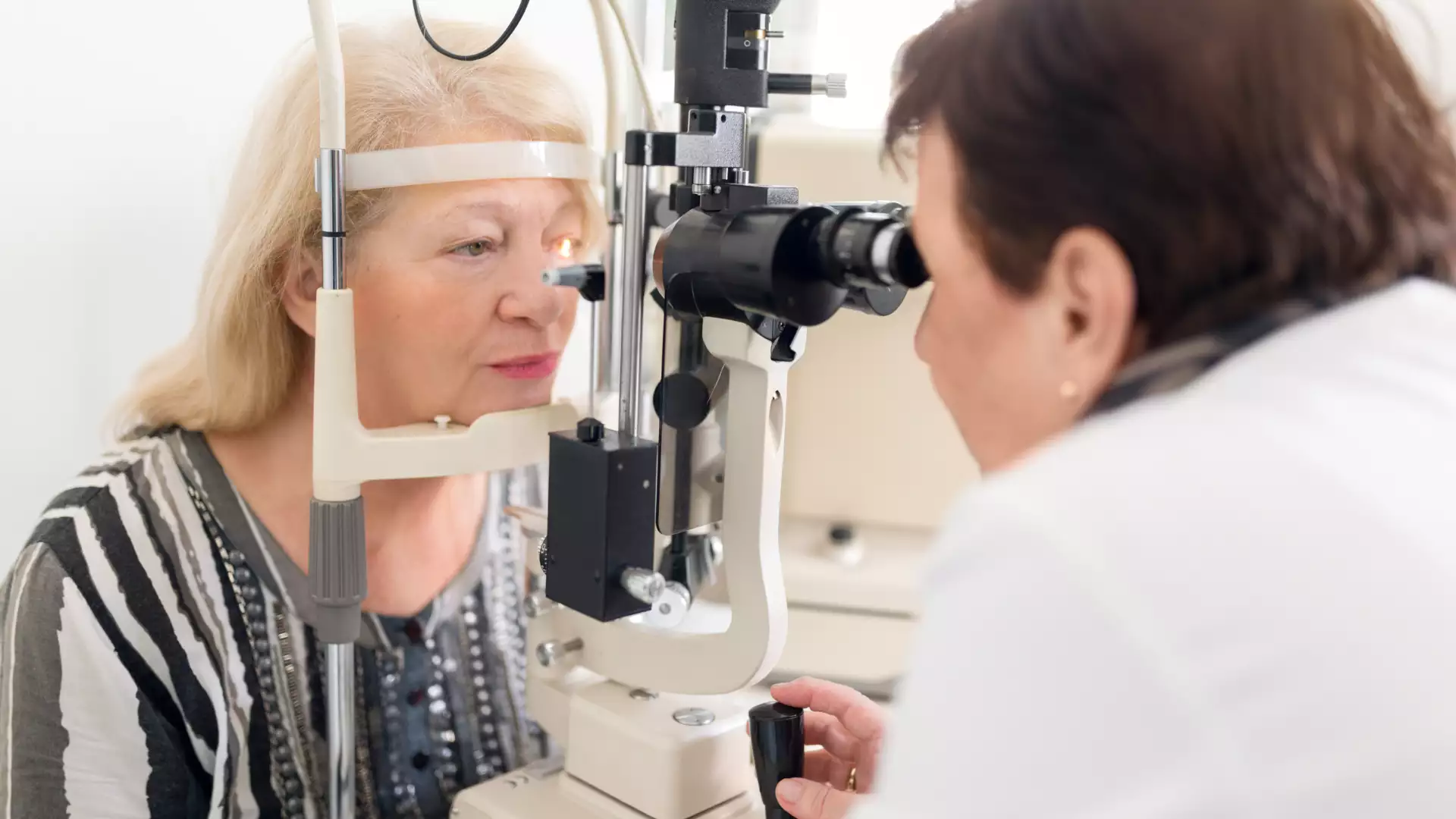
What is Glaucoma?
- What is Glaucoma?
- What are the types of glaucoma?
- How Is Glaucoma Diagnosed?
- How Is Glaucoma Treated?
Intraocular pressure is the most common cause of blindness in people over the age of 60, the reason is the accumulation of water in front of the eyes. In every healthy individual, the eye fluid called 'Aqueous humor' is constantly produced, which cleans the eyes, and the movements of the eyes and eyelids are also easy. Excess eye fluid is sucked away from the eye. This also balances the intraocular pressure.
The pressure created by the accumulation of fluid in front of the eyes increases the intraocular pressure. If left untreated, the optic nerve is damaged and leads to complete vision loss. The discomfort characterized by headaches is usually evident in the morning and sometimes causes problems such as blurred vision. Symptoms of glaucoma include pain around the eyes and fluctuations and halos from night lights. Individuals over the age of 40 with a family history of intraocular pressure should have an eye examination at least every two years.
The eye fluid is defined as the aqueous humor in which the cavity fills the back of the cornea and the front of the lens. Humorous water secreted by the ciliary body of the eye can provide nutrients for the lens and cornea. Since there are no blood vessels in the cornea and lens, the presence of this fluid is extremely important to ensure the continuity of eye metabolism. Since it is secreted continuously, excess body fluid and water solution is absorbed by the trabeculae in the lower part of the iris, forming the colored part of the eye and transferred to the blood circulation. Therefore, the wet structure of the eye is always balanced. This keeps the intraocular pressure in balance.
What are the types of glaucoma?
Common types of intraocular pressure are as follows:
Open angle glaucoma:
This type of glaucoma progresses very slowly without showing any symptoms. Although it affects both eyes, the effect has different results in each eye. The open-angle type of glaucoma is not noticed until permanent damage to the human eye occurs, because vision loss develops very slowly and this phenomenon occurs mainly in people over 50 years of age. In this case, the incidence in the community is around 1% and calcification occurs in the trabecular region where eye fluid is taken. As a result, aqueous humor remains in the eyes, causing increased intraocular pressure. As the pressure increased, the optic nerve gradually began to be damaged.
Common types of intraocular pressure are as follows:
After the damage reaches a certain level, the optic nerve head will collapse. This can cause the person to completely lose their sight. Unlike other types of glaucoma, the intraocular pressure does not exceed 22 mmHg in the presence of open-angle glaucoma. Family history of glaucoma, myopia, hypertension and diabetes are important risk factors for open-angle glaucoma. Angle-closure glaucoma: In this type of glaucoma, symptoms develop rapidly, people often experience eye pain and vision loss is noticeably rapid. Therefore, the person feels the symptoms comfortably and can start treatment without any visual impairment. This disease is also called narrow-angle glaucoma and is usually seen in patients with narrow-angle or ocular structures suitable for closure.
Although trabecular drainage is normal, when the pupil dilates, it will close the drainage angle of the iris and block the iris. In this case, the aqueous humor gets stuck in the eye and the intraocular pressure rises above 50 mmHg. Keratitis is the edema of angle-closure glaucoma that causes people to see colored halos and impairs vision. Intraocular pressure can cause numbness in the pupils and severe eye pain. In some cases, eye pain and headaches can cause vomiting. This condition is also defined as a glaucoma crisis that can go away on its own and in most cases requires immediate medical attention.
How Is Glaucoma Diagnosed?
The ophthalmologist did a comprehensive eye exam to diagnose intraocular pressure. Also measure intraocular pressure with a tonometer. If deemed necessary, a visual acuity test can be performed to measure the quality of human vision. Use the visual field test to examine peripheral vision. It can be done to detect the presence of mydriasis, retinal and optic nerve damage. In the optic nerve head analysis (optic nerve head analyzer) method, the diagnosis is made after the optic nerve is measured with a laser, and the thickness of the cornea is measured by thickness measurement.
How Is Glaucoma Treated?
The success of glaucoma treatment is directly related to how early glaucoma is detected. Since the nerve damage caused by glaucoma becomes permanent, treatment can only preserve the existing state. Therefore, it is very important to diagnose people with glaucoma symptoms as soon as possible. Drug therapy is mainly used in the treatment of glaucoma. By using these drugs in the form of eye drops and pills, the aqueous humor can be evacuated in a healthy way and thus the intraocular pressure can be lowered. Another treatment method is laser surgery.
With the laser operation, the holes in the drainage area where the eye fluid needs to be drained are healed. As a result of this method, the fluid can be easily expelled and the intraocular pressure of the person can return to normal. Eye drops should be used after surgery. Glaucoma surgery is the last option for glaucoma treatment. Thanks to this operation, also called trabeculectomy, a small amount of tissue can be removed from the relevant area to drain the eye fluid. Using eye drops after surgery can prevent possible complications and reduce intraocular pressure by 80%.



